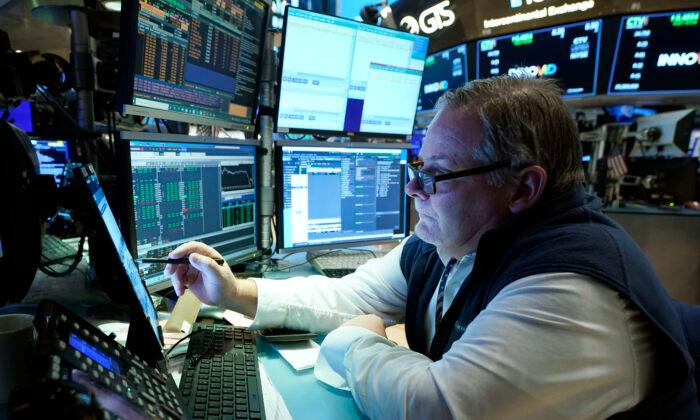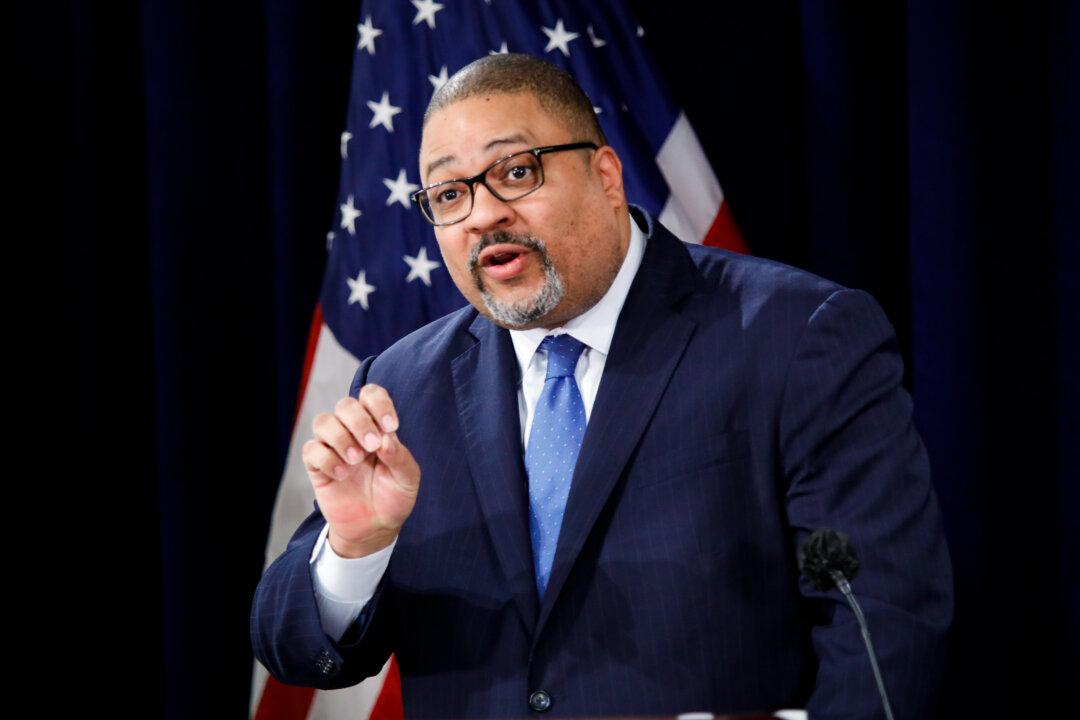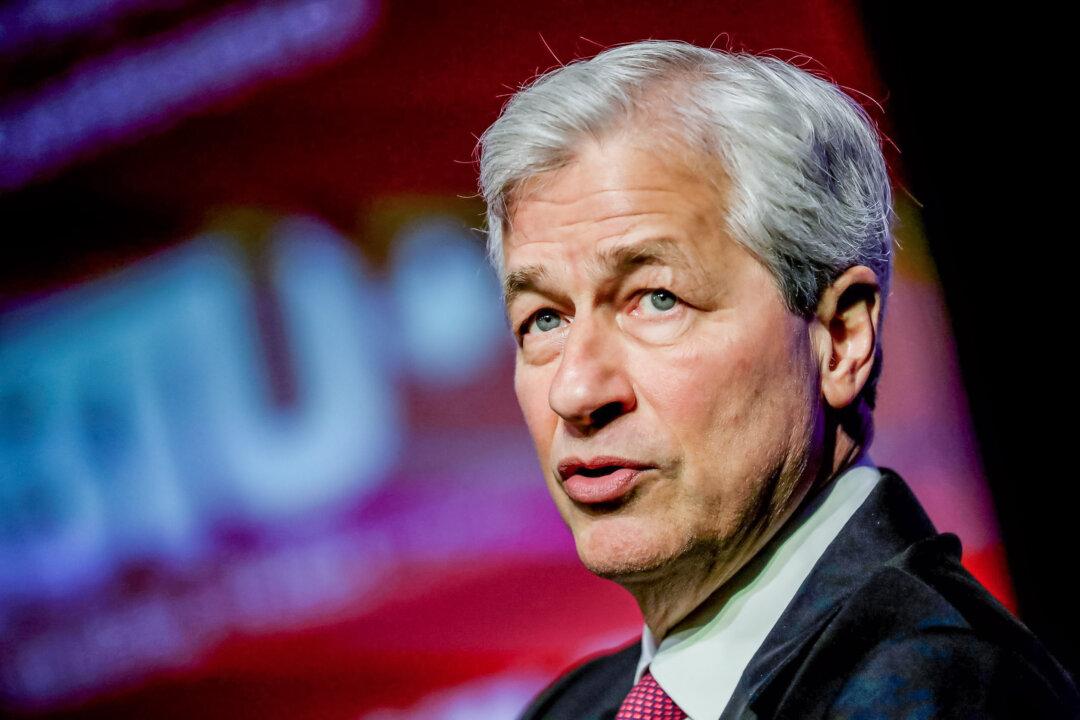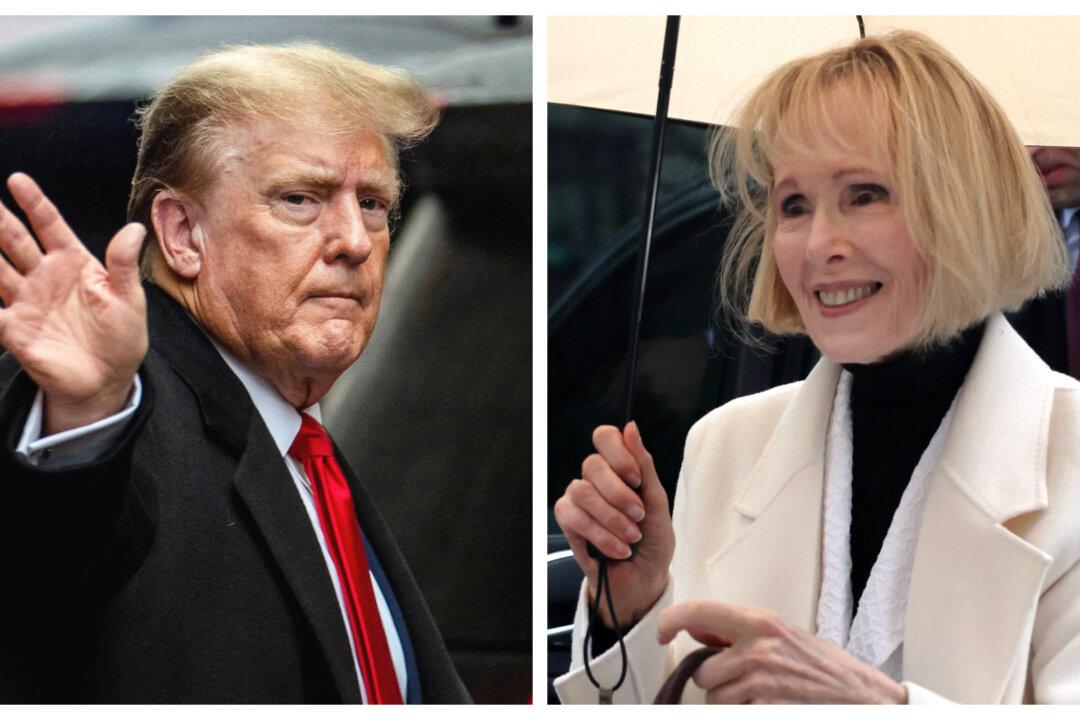Investor risk appetite seemed to moderate early Thursday, with U.S. stock futures dipping and longer-dated U.S. Treasury yields edging down in early trading as attention turned to Friday’s much-anticipated consumer price inflation report, which is expected to show annual inflation picking up its pace, putting more pressure on the Fed to roll back stimulus faster.
By 6:38 a.m. New York time on Dec. 9, Dow Jones futures were down 0.31 percent, Nasdaq futures fell 0.44 percent, and S&P 500 futures dropped 0.32 percent.
Meanwhile, the benchmark 10-year U.S. Treasury yield fell 3.1 basis points to 1.49 percent by 6:41 a.m. New York time, after rising to 1.52 percent on Wednesday, the highest level in more than a week. The 30-year U.S. Treasury yield dropped 3 basis points to 1.86 percent. Yields move in the opposite direction to prices, with the moves in bonds and stocks suggesting investors were pivoting away from risk.
With Omicron concerns appearing to abate somewhat on reports that the new strain may cause less severe disease and that existing vaccines likely offered at least some protection against the new mutations, market attention has turned to inflation and the Fed’s policy response.
Recent labor market data showed the unemployment rate falling to 4.6 percent, the labor force participation rate edging up, job openings rebounding to near-record highs, and the number of Americans quitting their jobs remaining close to all-time highs. All this reinforces the view that the jobs market recovery continues to push forward, putting upwards pressure on wages.
A number of economists have warned that if inflation stays too high for too long, it could lead to future inflation expectations to become de-anchored and fuel the kind of upward wage-price spiral that bedeviled the economy in the 1970s.
While Wells Fargo said in newly released economic forecast for 2022 that it expects inflation to cool to 4 percent by the end of next year, it warned there’s a risk that COVID-19 interruptions and supply-chain disruptions could trigger “self-sustaining” wage and rent gains and lead to persistent inflation.
In the face of surging inflation and continued signs of labor market recovery, the Fed has embarked on a steady wind-down of its massive stimulus program of $120 billion in monthly asset purchases. While the central bank is currently scheduled to phase out the bond buys at a pace of $15 billion per month, it has left the door open to a faster taper if inflation stays stubbornly high and the jobs market continues to project strength.
A faster taper would also make room for a sooner lift-off of interest rates, with tightening monetary conditions generally seen as bearish for risk assets like stocks.





